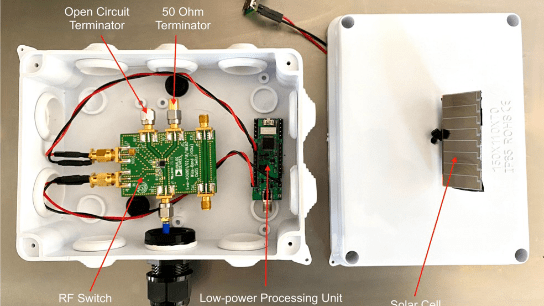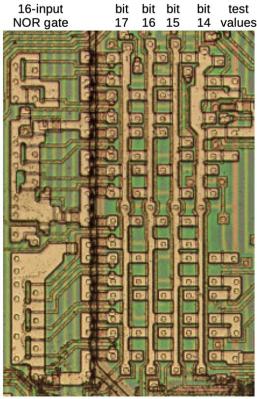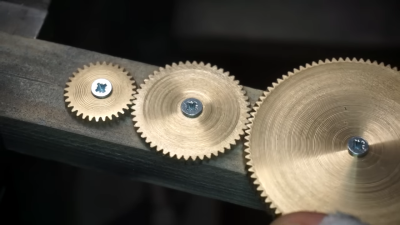Wolfenstein 3D and Doom are great examples of early FPS games. Back in that era, as Amiga was slowly losing its gaming supremacy to the PC, Apple wasn’t even on the playing field. However, [Chris Tully] has used the 90s HyperCard platform to create an FPS of his own, and it’s charming in what it achieves.
If you’re not familiar with it, HyperCard was a strange combination of database, programming language, and graphical interface system all rolled into one. It made developing GUI apps for the Macintosh platform simpler, with some limitations. It was certainly never intended for making pseudo-3D video games, but that just makes [Chris’s] achievement all the more impressive.
At this stage, [Chris’s] game doesn’t feature any NPCs, weapons, or items yet. It’s thus more of a First Person Walker than First Person Shooter. It features four small rooms with perpendicular, vertical walls, rendered either greyscale or 8-bit color. Now that he’s got the basic engine running, [Chris] is looking to recreate a bit of a Doom RPG experience, rather than copying Doom itself. He hopes to add everything from monsters to weapons, lava, and working HUD elements. If you want to dive in to the code, you can – HyperCard “stacks”, as they’re known, are made up of readily editable scripts.
[Chris] built the project to celebrate the aesthetic and limitations of the original Mac platform. While it could technically run on original hardware, it would run incredibly slowly. It currently takes several seconds to update the viewport on an emulated Mac Plus with 4MB of RAM. Thankfully, emulation on a modern PC can be sped up a lot to help the framerate.
We love seeing HyperCard pushed far beyond its original limits. We’ve seen it before, too, such as when it was used on a forgotten 90s Apple phone prototype. If you’ve been hacking away on retro software yourself, we’d love to see your projects on the tipsline!






 The cutting tool for the job is an M16 machine tap, chosen for the smaller flutes compared to a hand tap. This makes it more suitable for cutting gears. It’s turned by a belt driven pulley, run by a small motor. The workpiece to be cut into a gear is then fed into the cutting tool by sliding on a linear bearing, with its position controlled by a threaded rod. The rod can be slowly turned by hand to adjust the workpiece position, to allow the gear teeth to be cut to an appropriate depth.
The cutting tool for the job is an M16 machine tap, chosen for the smaller flutes compared to a hand tap. This makes it more suitable for cutting gears. It’s turned by a belt driven pulley, run by a small motor. The workpiece to be cut into a gear is then fed into the cutting tool by sliding on a linear bearing, with its position controlled by a threaded rod. The rod can be slowly turned by hand to adjust the workpiece position, to allow the gear teeth to be cut to an appropriate depth.













